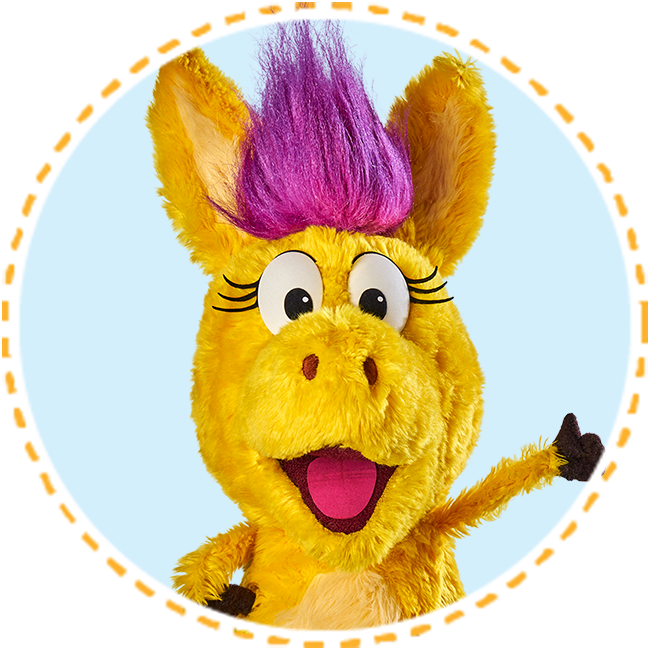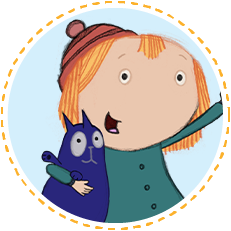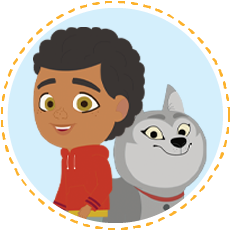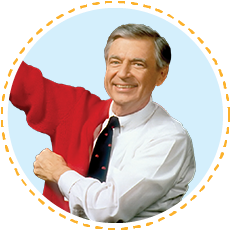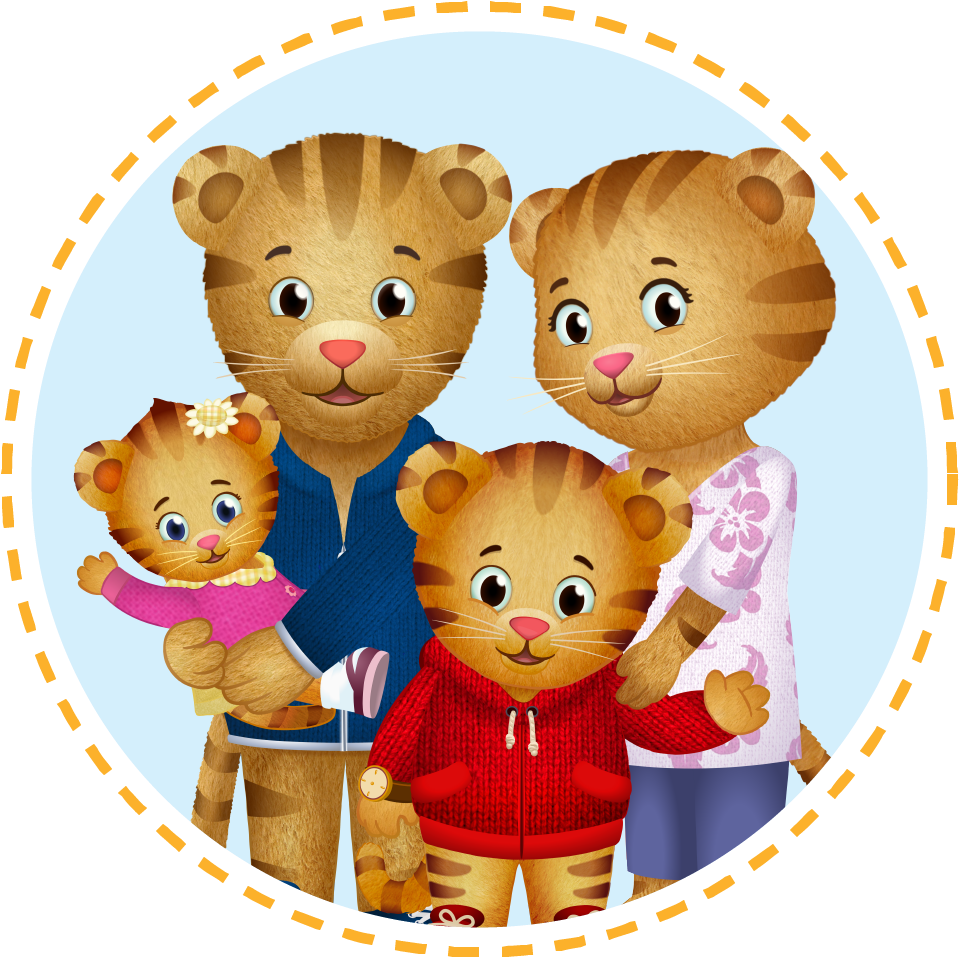Tell us about yourself and your role at Described and Captioned Media Program.
I live in the upstate of South Carolina with my wife and three children, perfectly situated between the Appalachians and the Atlantic. My background is equal parts computer science and video production, which turned out to be a perfect fit for Described and Captioned Media Program (DCMP), where I started in 2009. I fell in love with the work after seeing the impact DCMP has on the educational journeys of children with disabilities. I wear a few hats at DCMP – as I'm sure anyone working in a small non-profit can relate. I lead the tech and post-production teams, manage lots of producer partnerships, and serve as the project director for one of DCMP's U.S. Department of Education-funded activities.
How do you work with Fred Rogers Productions?
DCMP produces American Sign Language (ASL) content for Fred Rogers Productions. Starting in 2022 with a small pilot, the project has since expanded to include almost 500 episodes across seven series. I work directly with Erin Dodson, director of post-production at Fred Rogers Productions (who is amazing by the way!) Erin and I bring our respective teams together to select talent, develop character name signs, manage the production and post-production of ASL, and deliver broadcast-quality media assets. Throughout the process, Cindy Camp, who manages marketing and eLearning at DCMP, and I work with three studio partners and their ASL teams – nearly all of whom are Deaf – to capture the raw footage. Micah Fitzkee, post-producer at DCMP, reviews technical quality, consistency, and accuracy. He then keys and edits the footage. Once everything makes it through both DCMP and FRP quality control, Erin and I work with PBS to deliver assets to their specifications that include all available languages, caption tracks, audio description tracks, and ASL.
Can you speak to how funding works at DCMP?
DCMP is largely funded by U.S. Department of Education cooperative agreements. While competitive in nature, DCMP has been continuously funded since 1991— which serves as a testament to our team and the quality we strive for. We exist to produce accessibility for educational media where there is little financial incentive and serve children with "low incidence disabilities." Our audience includes students who are Deaf, hard of hearing, blind, visually impaired, deaf-blind, among other sensory disabilities. The accessibility we produce is free to students who need it through a video streaming platform at dcmp.org, and additionally our producer partners propagate these assets onto their streaming platforms and broadcast television, extending the reach of every dollar spent. DCMP remains an incredible free resource for students, teachers, caregivers, and producers thanks to Federal funding.
Do you have a favorite project you've worked on?
While all of our projects are rewarding, I'd have to say my favorite was Alma's Way. Casting took nearly a year, and when we finally found Anjel Piñero, we all knew it was worth the wait. Anjel is Nuyorican, just like Alma, and embodies the energy and personality of Alma perfectly. We built the Alma's Way ASL project around Deaf talent, both in front of and behind the camera. American Sign Language is often misunderstood to be "English on the hands," but it's a rich and unique concept-driven language that often has no direct written or spoken equivalent. Having a Deaf team lead the translation, sign selection, and talent coaching was instrumental in the success of the project. The experience of a fast-paced, linguistically complex show taught our teams so much, and that experience continues to inform every ASL project we produce.
What was your favorite TV show when you were growing up?
So many... Inspector Gadget, Duck Tales, Scooby Doo, Garfield, The Jetsons. But the consistent show throughout all those years, the one I remember most fondly, was Mister Rogers' Neighborhood. Mister Rogers reminded me of my granddaddy, Reid, who was soft-spoken, kind, empathetic, but also strong in every sense of the word. As I got older, I learned that Reid left a textile factory job in his mid 20s to earn a bachelor's and master's degree in social work. He spent the next 30 years protecting children in our community. Most children aren't fortunate enough to have a mentor like Reid in their own family. Fred Rogers recognized the need and became that role model for millions of children around the world.
What do you like to do when you’re not working?
I love building useful things. Whether it's woodworking, metalworking, 3D printing, or a combination thereof. We live on a "hobby farm" of sorts, so I'm always fixing things – often the things I built, ha! Our family also loves to travel to new places, especially state and national parks, so we do that as often as we can.



